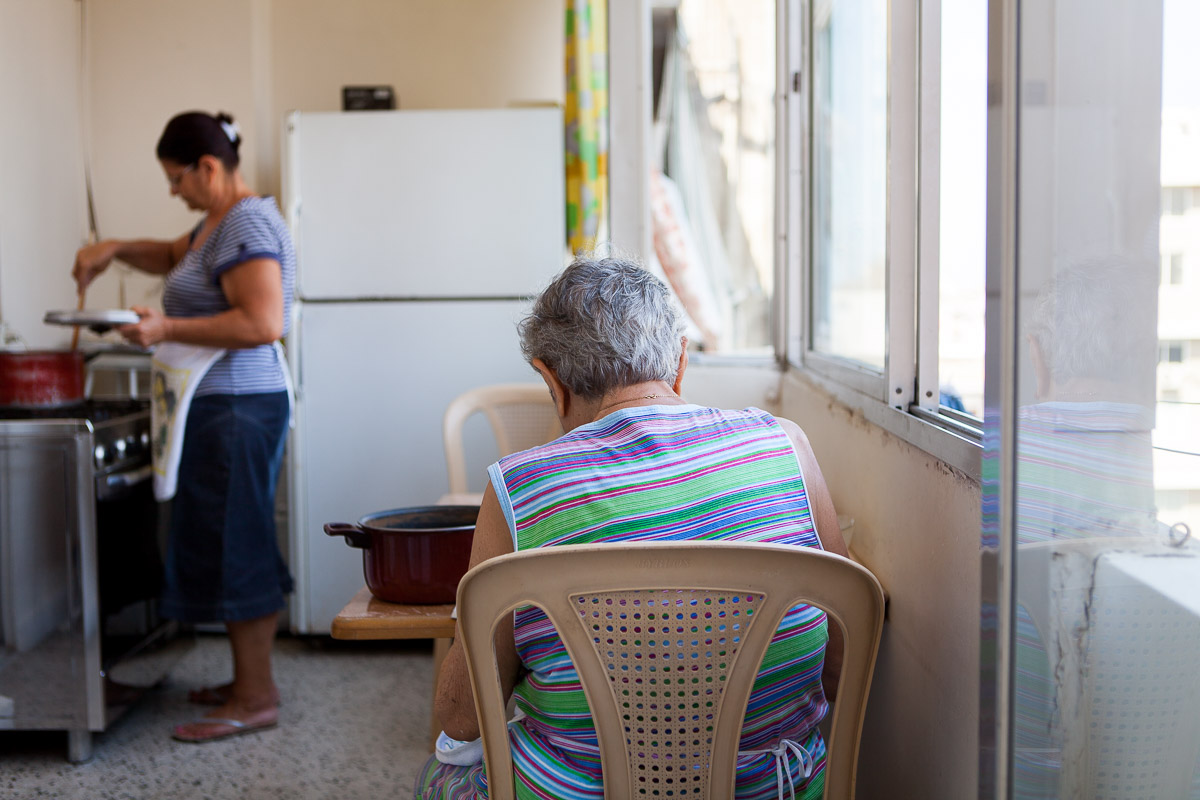In Sona’s kitchen
From Armenia to Beirut
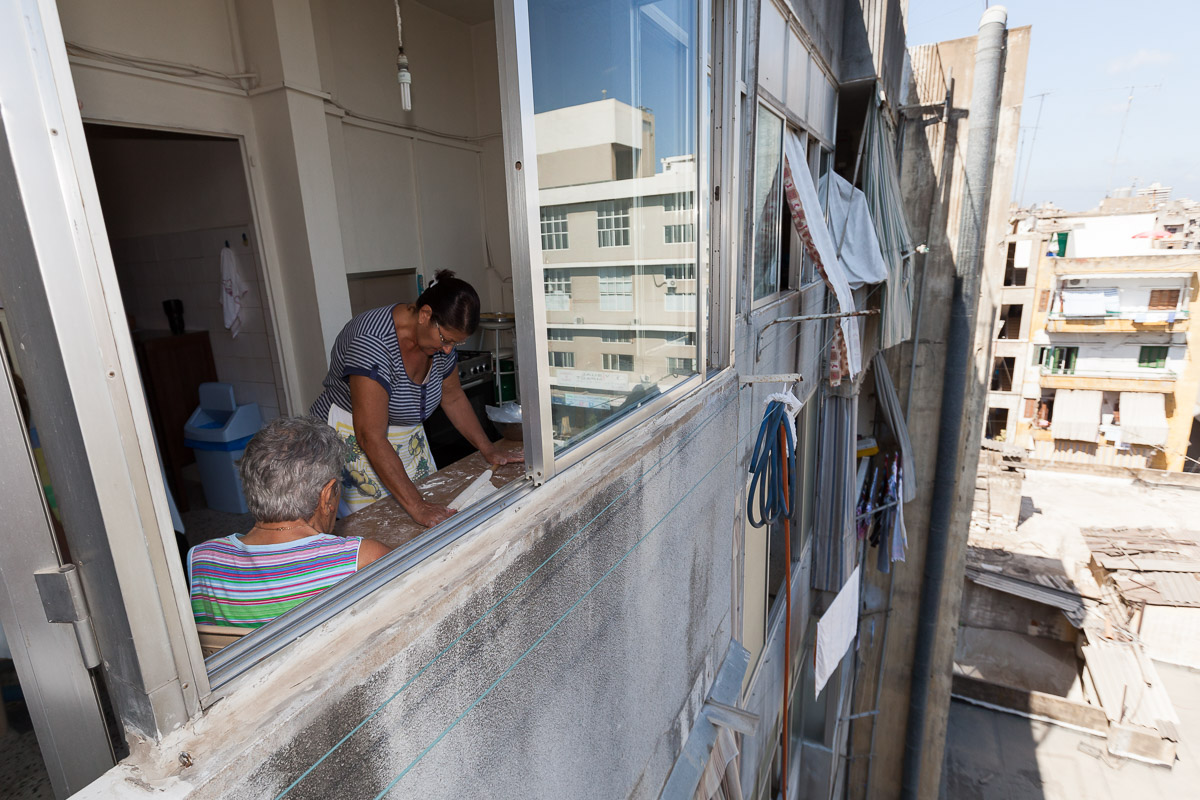
The street leading to Sona Tikidjian’s home is typical of Beirut’s suburbs. There are small shops on each corner selling vegetables or mobile phone accessories; there are Mercedes serveece taxis driving slow to scan the roads for potential customers. The buildings stand close to one another on either side of the street, which eventually leads to the busy roundabout point Doura.
Tikidjian’s place is a few floors up in a building with a façade in shades of grey. The names downstairs all end with the same three letters: “ian”, the typical way to spell an Armenian name. We are in Sidd el-Bouchriyeh, a neighbourhood that is home to many of Beirut’s Armenian families. This is also why we are here: Tikidjian, a woman in her sixties, cooks some of the best Armenian food to be found in Beirut.
“The Armenian food here in the Middle East differs from that in Armenia, just like the culture and people’s habits.”
We take the stairs to the apartment she shares with her husband and mother. Tikidjian opens the door with her apron on, and leads us into the kitchen. It is only morning but she has already been cooking for hours. There are plates and pots on every visible surface in the room: on the table underneath the big windows, on the stove, on top of the washing machine.
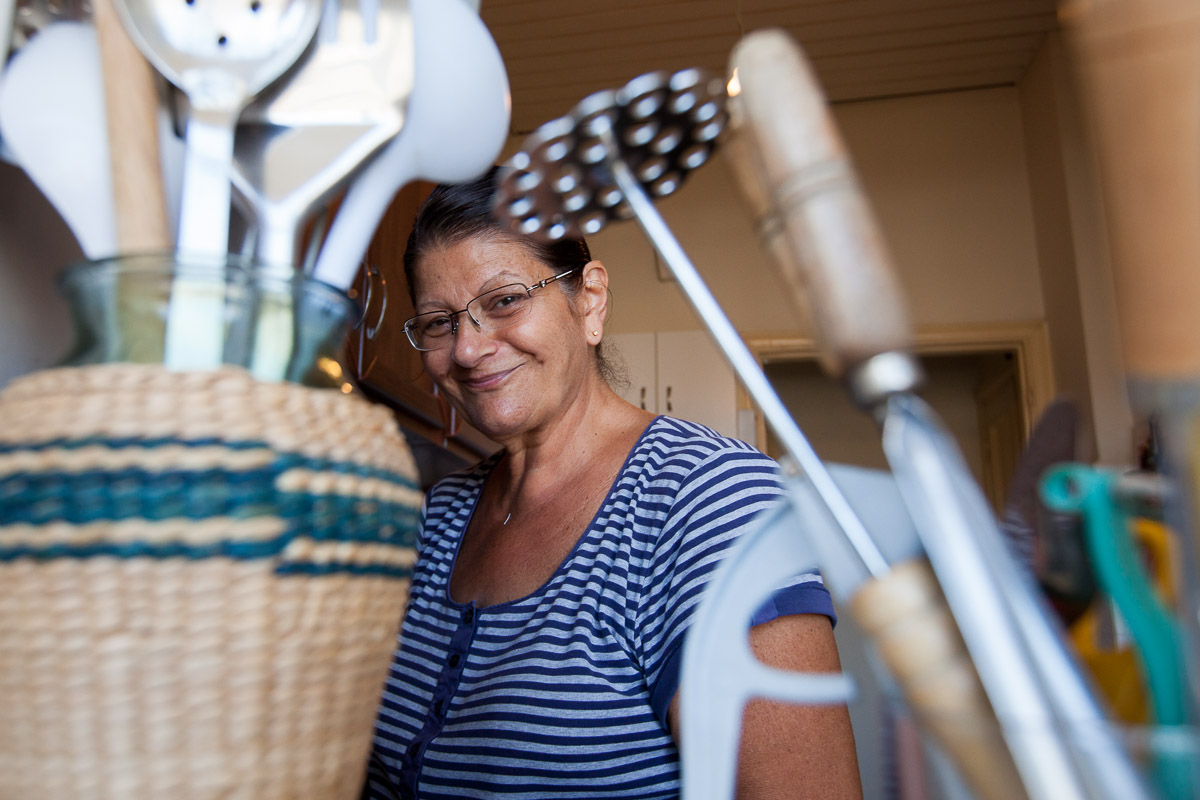
“This is how every week begins for me. I’ve been cooking for six years now, mainly to sell my food at Souk el-Ard on Tuesdays and Souk el-Tayeb on Saturdays [Beirut’s farmers markets, in Hamra and Downtown, respectively],” says Tikidjian.
“Every Monday I start early to prepare the food for Tuesday’s market. Sometimes I cook for people who order food from me as well, for parties or special occasions.”
Although a small-scale chef, Tikidjian is well known among those who frequent these markets. Her signature dishes, including the tangy bulgur salad itch and cabbage rolls stuffed with rice, have their own fan bases. There are those (this writer included) who head to Souk el-Ard first thing in the morning to be sure to get some before they sell out.
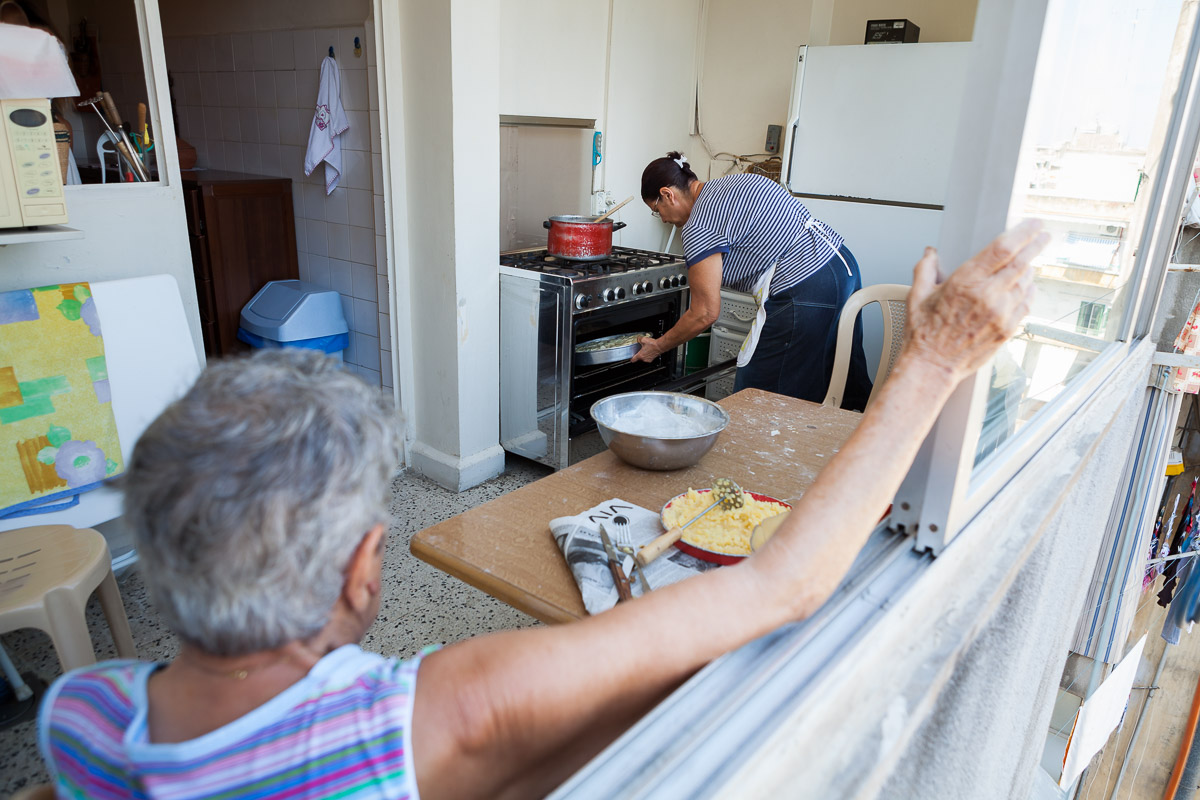
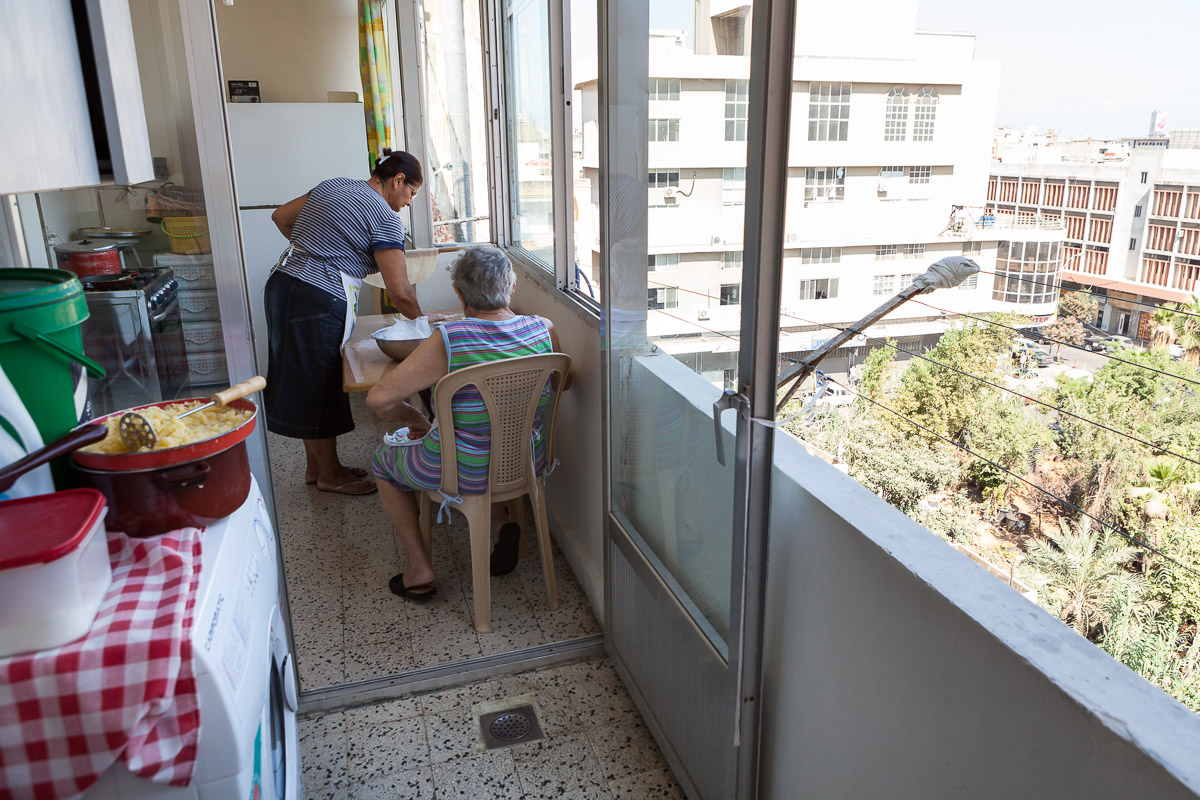
This morning, Tikidjian has already finished preparing her itch and stuffed cabbage (she usually starts before sunrise). Now, she takes out a tray where small lumps of dough have been covered by a kitchen towel. With soft hands, she rolls them until they are perfectly round and paper-thin, and large enough to cover a good part of the table. After quickly boiling each sheet of dough, she layers them with salty cheese and parsley, before baking them in the oven. The dish, much loved by Armenians and Turks alike, is called su byorek.
“Our culinary tradition here mixes Armenian food with Greek, Turkish and Arabic influences.”
“The Armenian food here in the Middle East differs from that in Armenia, just like the culture and people’s habits,” says Tikidjian. “Our culinary tradition here mixes Armenian food with Greek, Turkish and Arabic influences. We all eat mashawi [barbecued meat] for instance, and dishes like muhammara [a spicy walnut dip], which may be considered Syrian but is also part of Armenian cuisine here in the Middle East.”
Tikidjian herself has never been to Armenia, something that is not uncommon among Lebanon’s Armenians. A small Armenian community has existed in Lebanon for centuries, but it was after the genocide in 1915 that large numbers made the country their home. Despite the fact that most of these families have lived in Lebanon for generations, a substantial number still speak Armenian (both at home and, if they go to one, at the city’s many Armenian schools) and – as for most diaspora communities – food forms an essential part of maintaining links with history.
“This is the food that means a lot to me. I’ve passed it on to my children as well, who are grown up now and have kids of their own.”
“Even though we eat other food as well – Lebanese, Italian or French – I cook a lot of Armenian dishes. This is the food that means a lot to me. I’ve passed it on to my children as well, who are grown up now and have kids of their own,” says Tikidjian.
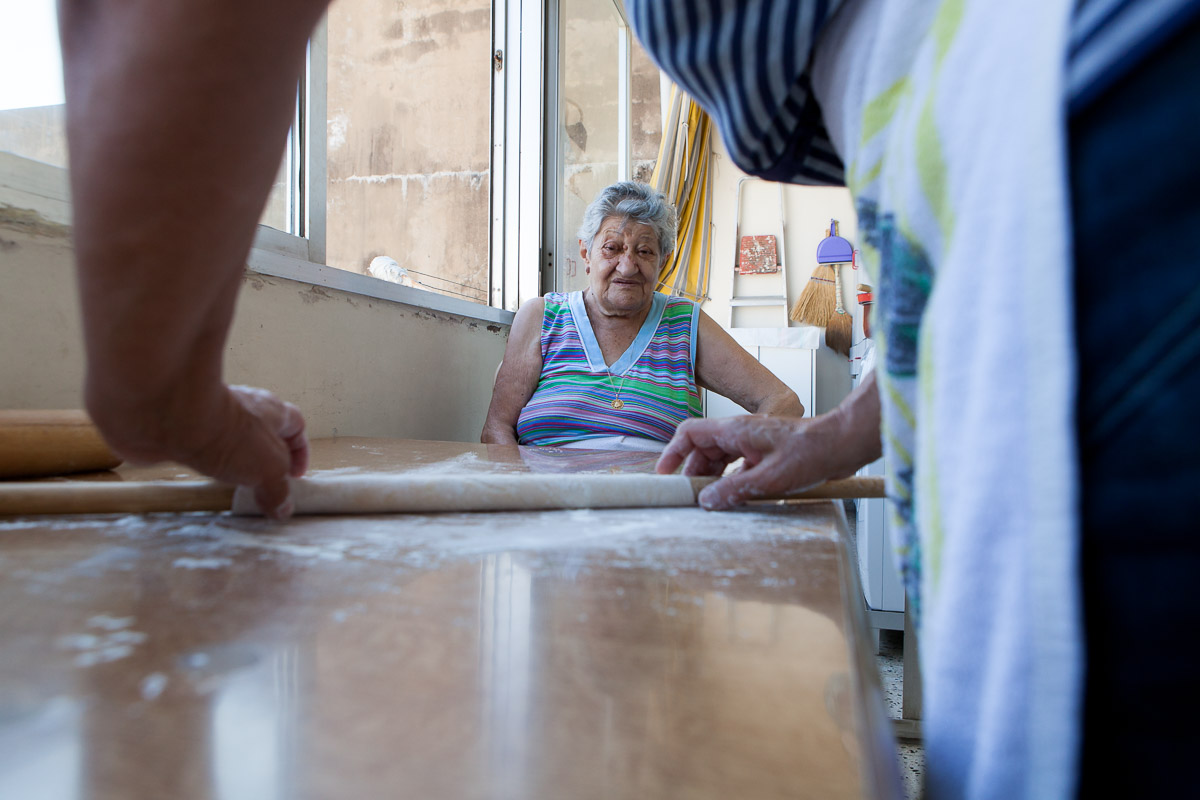
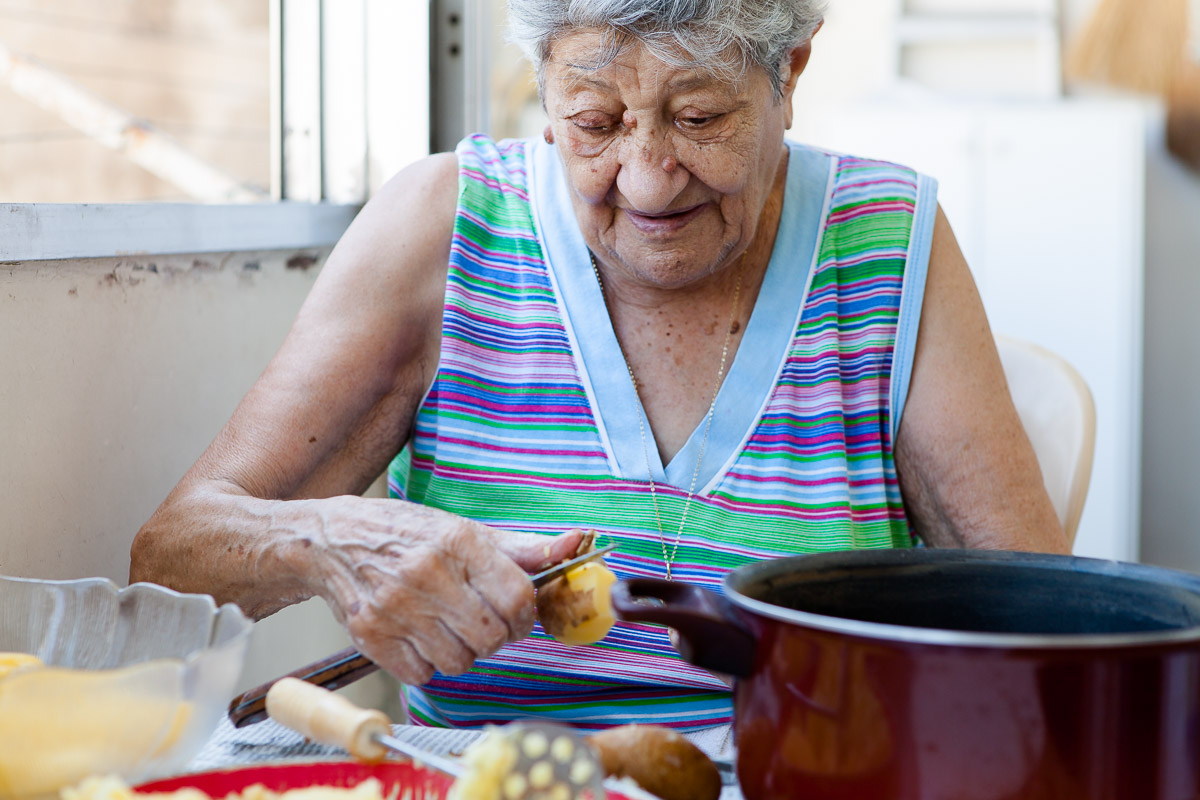
Her family did not come to Lebanon straight from Armenia. They spent some time in Africa first. Her mother – who is seated at the far end of the kitchen table, listening to Tikidjian while assisting her with mashing potatoes and sprinkling sesame seeds over small aubergine-filled pastries – was born in Ethiopia, Tikidjian herself in Senegal.
“My grandparents moved to Ethiopia a long time ago and then had my mother there. My parents eventually moved to Senegal for business, and that’s where I was born. I remember the Senegalese food very well. The fish was amazing, and the fruit too: the mango, the papaya… We lived there until I was 17, then I moved to Beirut. Soon after, I got married and had three kids. I had to learn Arabic and adapt to a totally new world. Life in the city then was so different from Senegal at that time, where people walked around with barely any clothes on and lived a very simple life.”
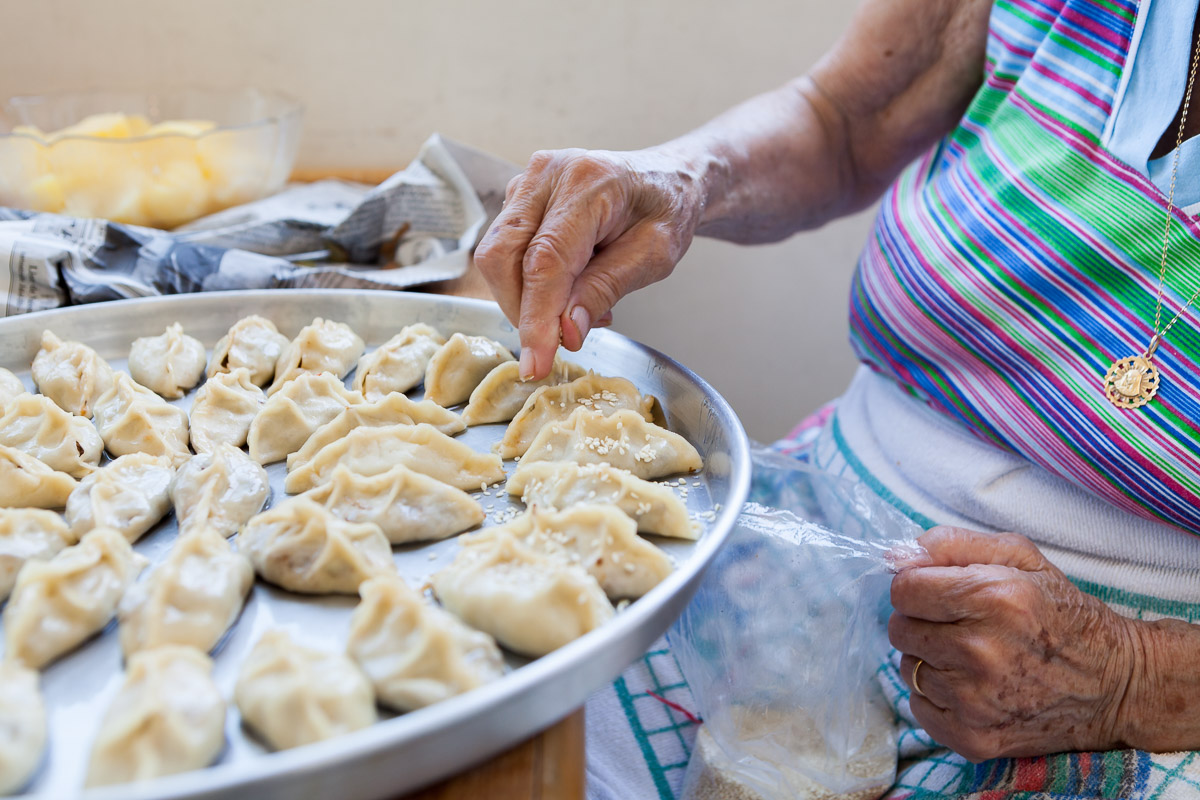
Tikidjian and her family have been in Lebanon ever since. They have lived in the same part of Sidd el-Bouchriyeh, on the eastern outskirts of Beirut, for over 40 years. At this time of day, the neighbourhood is quiet. The streets outside are still, with only a few people shopping for groceries or working in the auto workshops. The windows of Tikidjian’s kitchen overlook the back of the house, where a small plot is occupied by a garden centre selling plants and flowers. As Tikidjian finishes the last layers of the su byorek, she looks out over the neighbourhood.
“I love being in the kitchen. There’s a breeze, it is so nice up here. And look – you can see the sea on the horizon.”
Her mother hands her the mashed potatoes, which will serve as filling for the last dish: kebbet batata, shells of bulgur stuffed with a spicy potato filling. Kebbeh, which often comes stuffed with meat, is eaten all over Lebanon and has a special place in many people’s culinary hearts. When Tikidjian makes them, the Armenian way, she fills them with potatoes.
And most importantly, there is harr, an oily paste made of red chillies. While Lebanese and other Arabic cuisines tend to be mild, deriving their flavour mostly from fresh herbs, Armenian cuisine relies heavily on red chilli pepper. To demonstrate, Tikidjian opens her refrigerator. Neatly packaged – next to boxes and bags with finely chopped mint, chickpeas and sour cherries (for making the famous Aleppan kebab or mante, tiny Armenian dumplings with meat) – are several batches of harr.
While they are working, Tikidjian and her mother chat about daily, everyday things. They speak a mix of Arabic and Armenian – the same language, born from nearly 100 years of togetherness, that is spoken all around the streets of the neighbourhood outside.
